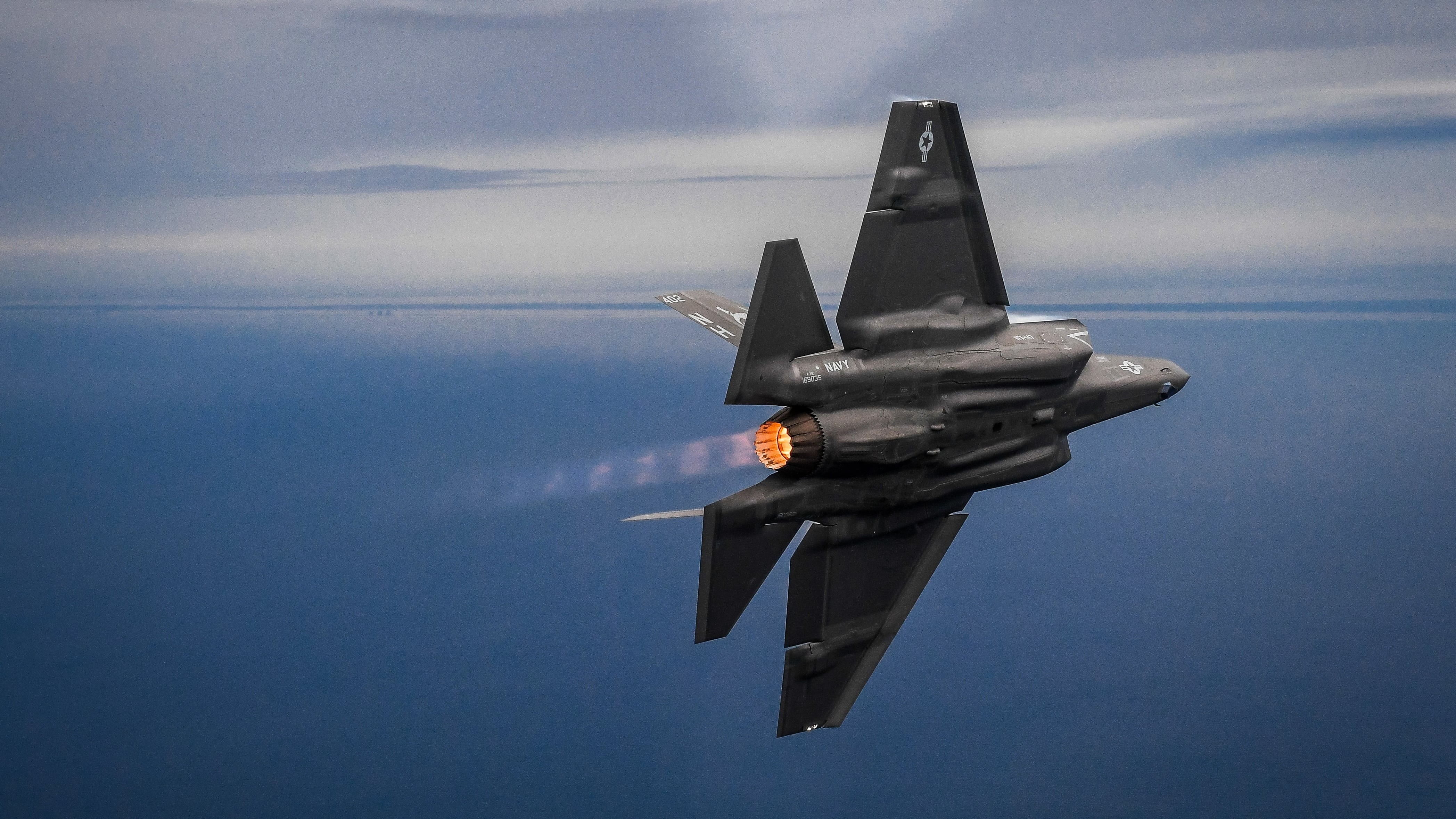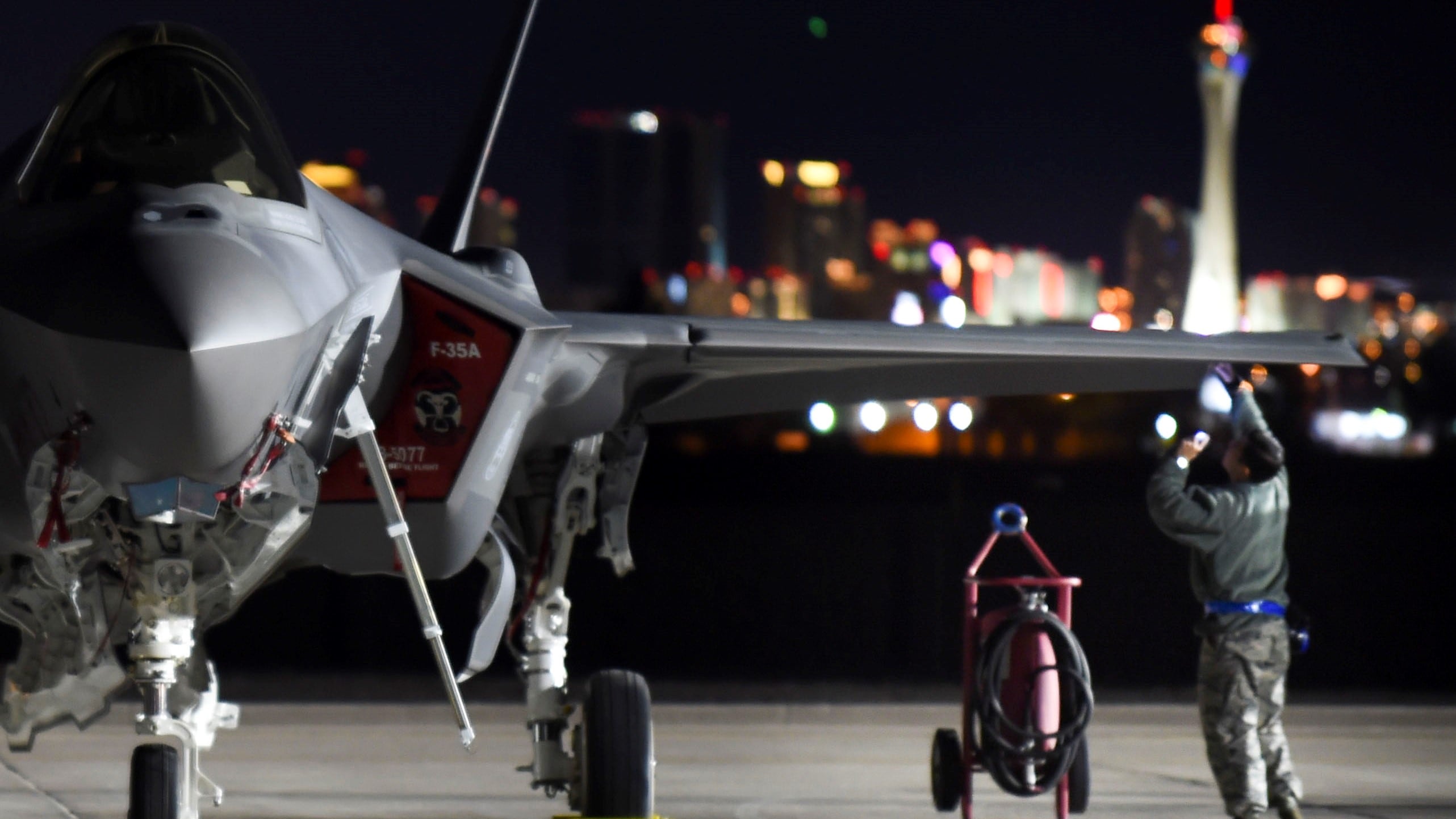WASHINGTON — The U.S. Air Force’s stealthy fighters will not meet an 80 percent mission-capable rate requirement set by former Defense Secretary Jim Mattis, top officials revealed Wednesday.
Appearing at the 2019 Defense News Conference, Lt. Gen. Mark Kelly, deputy chief of staff for operations, said that the F-22 and F-35A would both fall short of the capability target set by Mattis shortly before his exit from the Pentagon. The F-16, however, “should” hit that target rate.
In a memo first revealed by Defense News last October, Mattis ordered the Pentagon’s F-35, F-22, F-16 and F-18 aircraft inventories to hit 80 percent mission-capability rates. A July investigation by sister publication Air Force Times revealed that in fiscal 2018, when Mattis issued the memo, the service was in a readiness nose dive: Of the 5,413 or so aircraft in the fleet, the percentage able to fly at any given time decreased steadily each year since at least FY12, when 77.9 percent of aircraft were deemed flyable. By FY17, that metric plunged to 71.3 percent, and it dipped again to 69.97 percent in FY18.
Analysts were skeptical that such an increase could be achieved in just one year, and it appears that skepticism was well-founded. However, Kelly argued, not all mission-capable rates are created equal.
“We learned a lot from the MC80 [mission-capable 80 percent] effort. One of the big things we learned is that our long-range readiness strategy, which takes a lot more consideration than MC80, is frankly a more viable strategy,” he said of an effort that takes a more holistic approach to whether needed assets are ready to use.
“MC80 is actually a very important metric of how ready we are to go to war, but there is an easy way for the Air Force to achieve MC80 on any airframe, and that’s to just stop flying. We actually flew more,” Kelly said.
RELATED

The F-22 struggled to hit 80 percent in large part because the low-observable coating on the plane requires slow, careful work to maintain, which drags down the mission-capable rates. The F-35A, meanwhile, was being stood up and flown more during this period than ever before, which was beneficial for the service, but meant that mission-capable rates were impacted by operational use.
“So facts matter,” Kelly concluded. “The facts are: We won’t make it, but the data behind the facts is we’re actually having pretty good success.”
During the panel, Air Force leaders were asked if the 386 squadron target, first unveiled last September, is still a hard goal for the service. Lt. Gen. Timothy Fay, deputy chief of staff for strategy, integration and requirements, didn’t provide a concrete answer, but he did indicate that capability — as opposed to capacity — may be a more important standard for the future.
“386 was an number we worked very hard on,” Fay said. “But it’s not just a question of capacity. ... Yes, we have a force that’s too small,” but the service is now “looking at new technologies, new ways to use those technologies.”
Aaron Mehta was deputy editor and senior Pentagon correspondent for Defense News, covering policy, strategy and acquisition at the highest levels of the Defense Department and its international partners.





